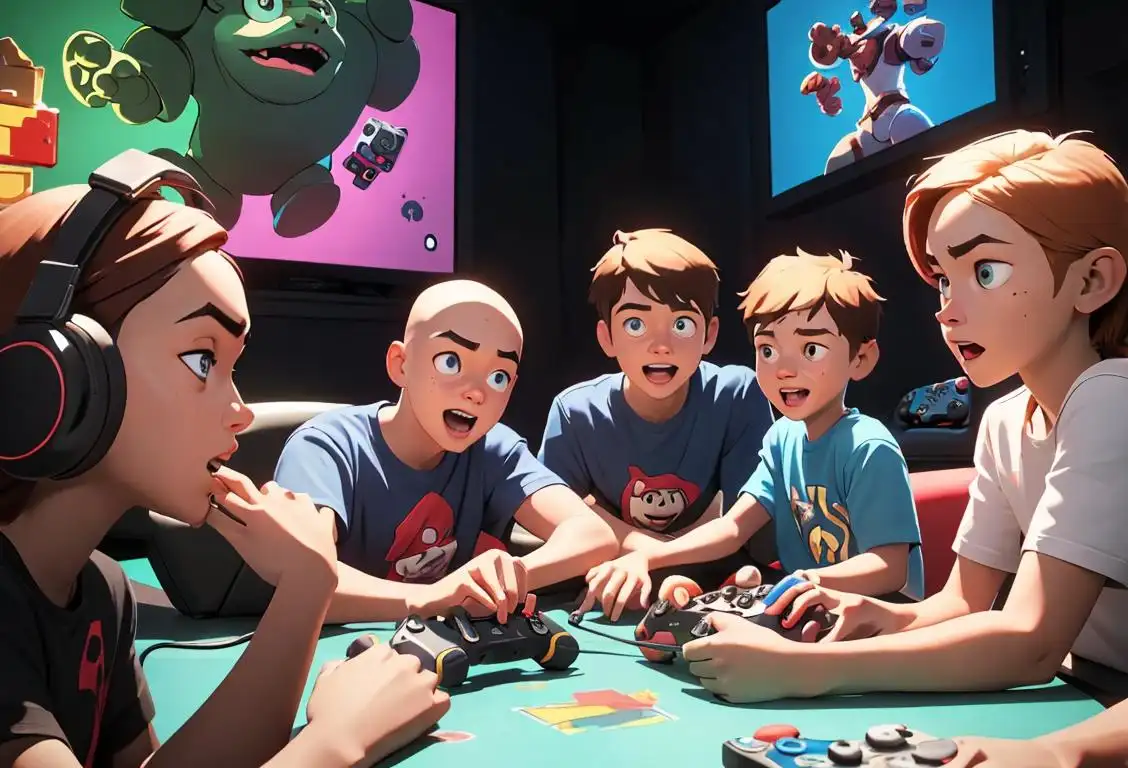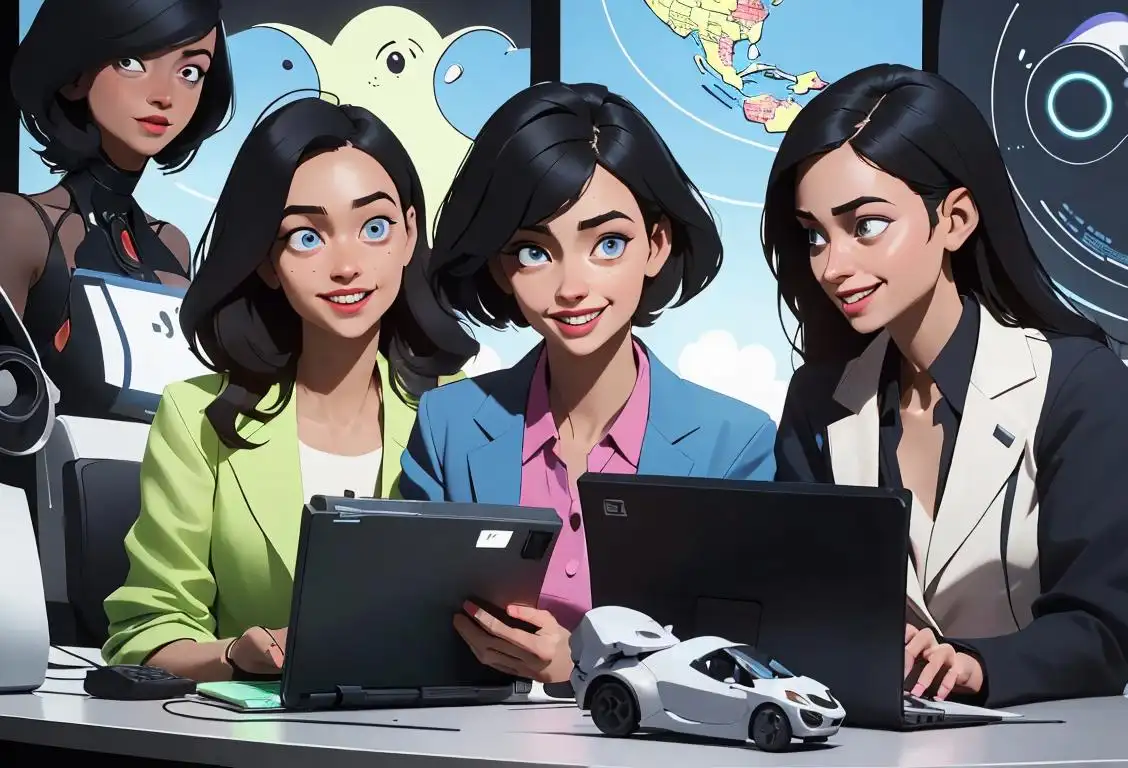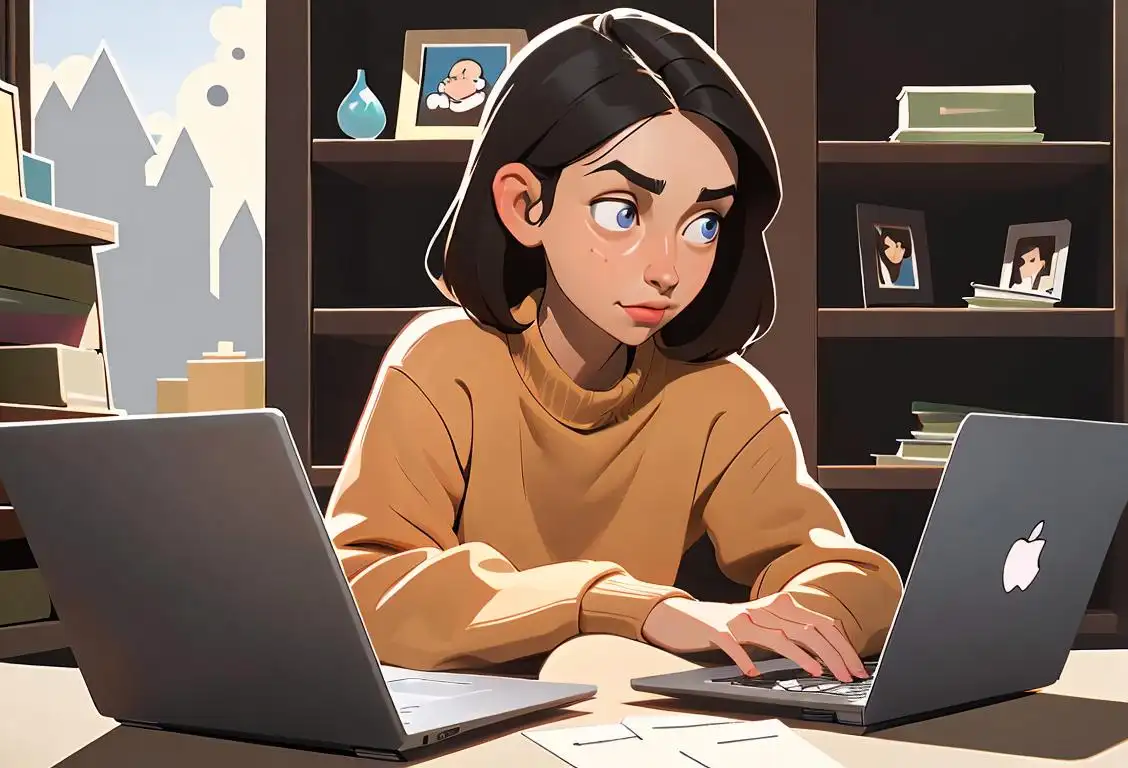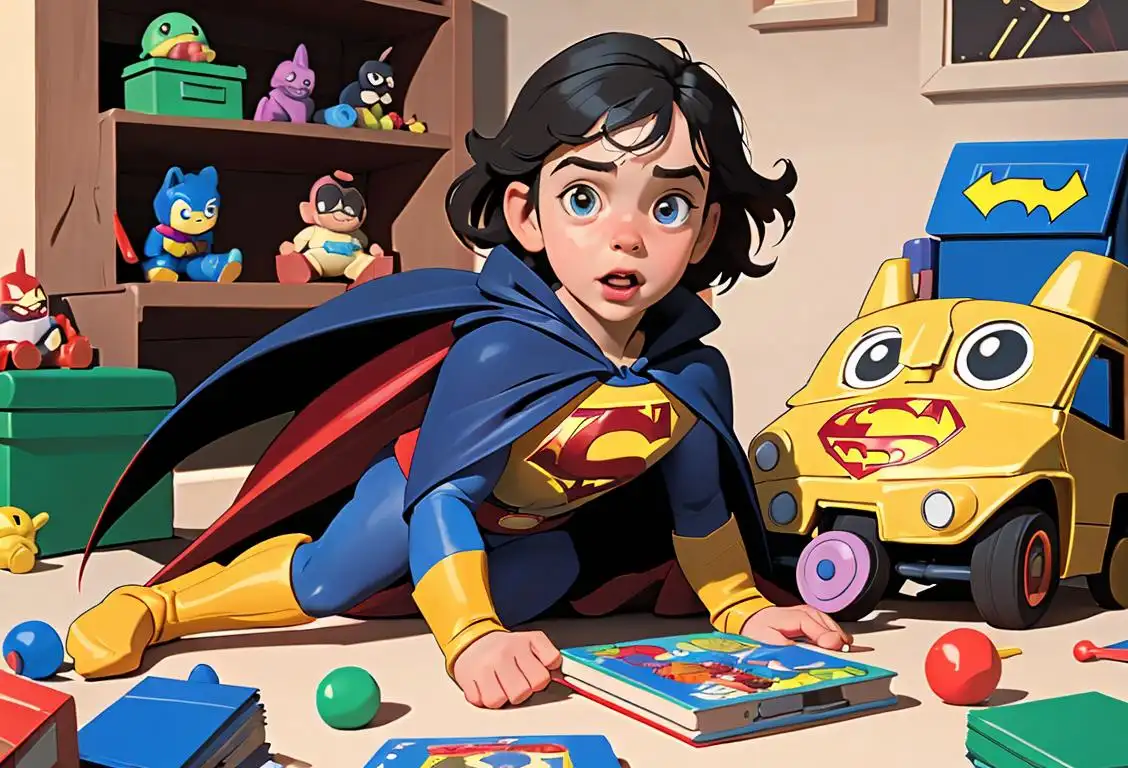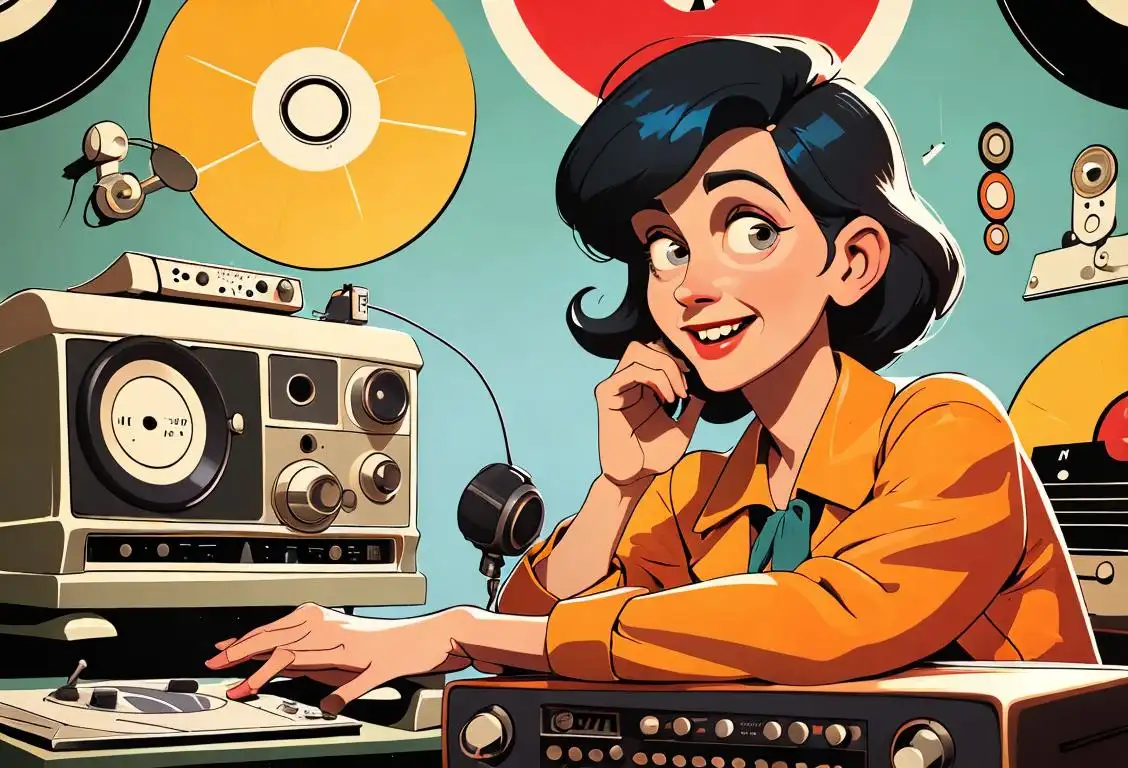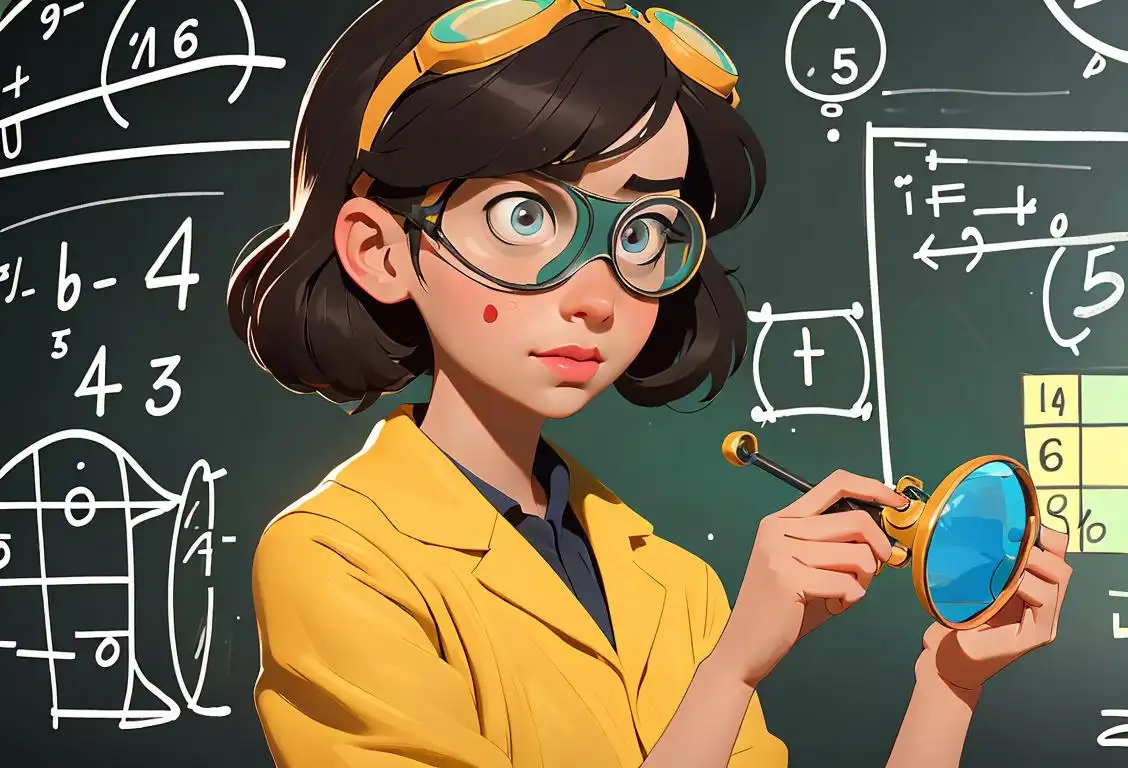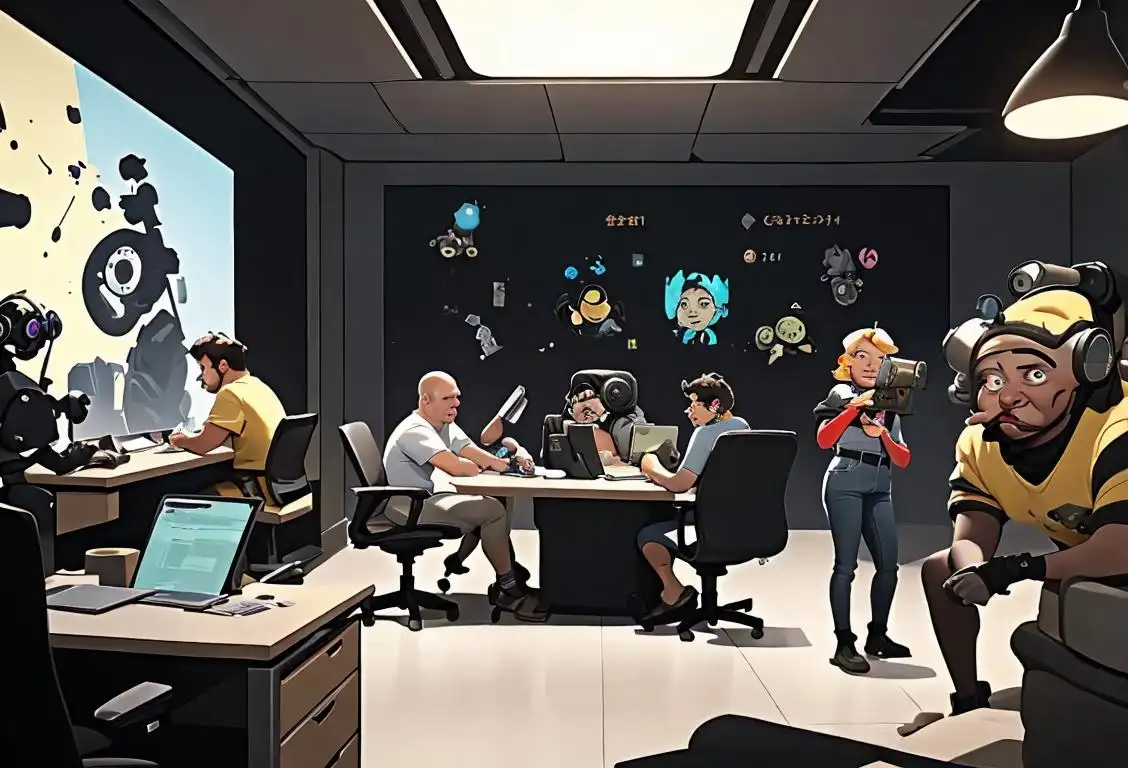National Glitch Day
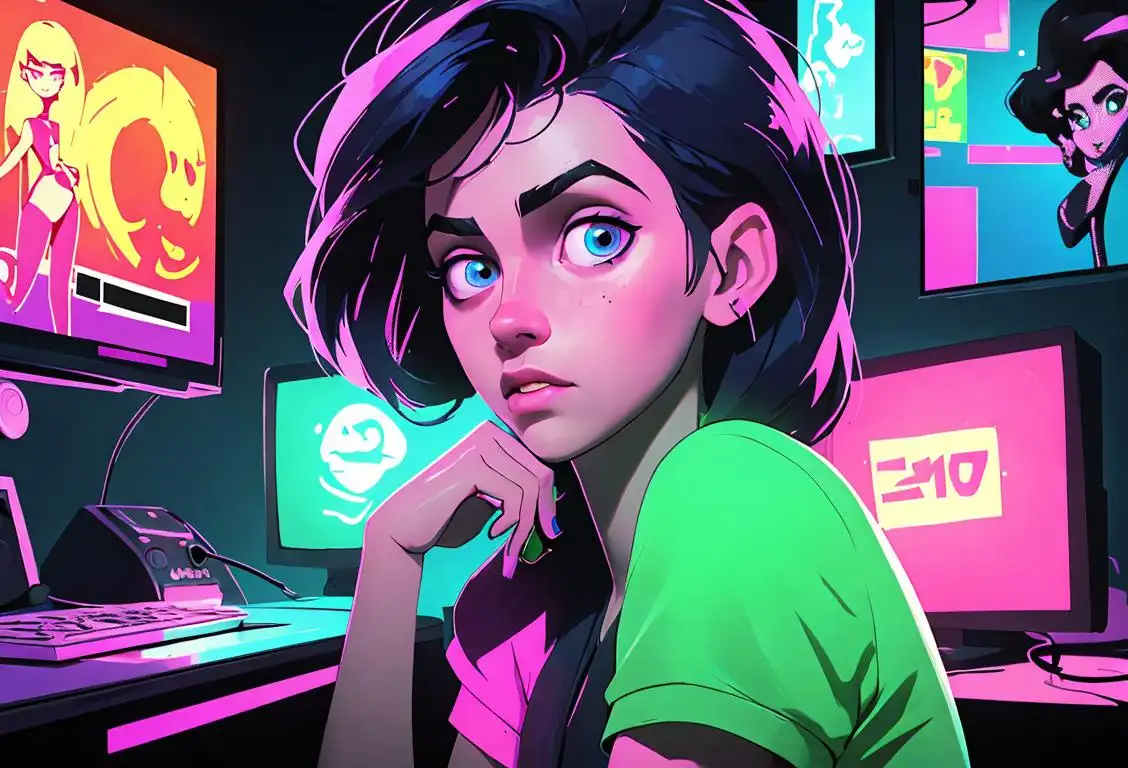
Glitches, oh glitches, they're like those unexpected surprises that pop up on your computer screen or in video games. And guess what? There's a whole day dedicated to celebrating these technological hiccups - National Glitch Day!
When is Glitch Day?
It's national glitch day on the 21st February.
The Origin of National Glitch Day
Every year on February 21st, tech enthusiasts and gamers come together to celebrate National Glitch Day. But how did this quirky day come to be?
Back in 2020, the internet was buzzing with glitch-related chatter. From funny GIFs capturing software errors to gamers sharing their most epic glitch experiences, glitches were in the spotlight. Then, a group of passionate techies decided to create a day to commemorate and appreciate these digital oddities, thus giving birth to National Glitch Day.
Since then, the day has gained popularity and has become a chance for people to bond over their shared experiences with technological mishaps.
How to Celebrate National Glitch Day
There are many ways to celebrate National Glitch Day, and you don't have to be a computer whiz to join in on the fun. Here are a few ideas to get you started:
- Create your own glitch art - embrace the unexpected and turn it into something creative!
- Share your glitch stories - whether it's a hilarious computer error or a glitched-out gaming moment, spread the laughter by sharing your experiences.
- Organize a glitch-themed game night - gather your friends and play retro video games known for their glitches, or challenge each other to find the weirdest glitches in modern games.
- Host a tech-themed movie marathon - watch movies like 'The Matrix' or 'Wreck-It Ralph' that showcase glitches or explore virtual worlds.
- Learn about glitch history - dive into the fascinating tales of famous glitches throughout computing and gaming history.
Did You Know?
Did you know that the world's first computer bug was a literal moth? Yes, you read that right! In 1947, a moth got stuck in the Harvard Mark II computer, causing it to malfunction. Technicians found the moth and taped it to their logbook, coining the term 'debugging' to describe the process of fixing computer errors.
History behind the term 'Glitch'
1955
First identified bug in the system
In 1955, the term 'glitch' was first coined by integrating the word 'glit' which meant a brief spark or flash. This term was used to describe a malfunction or a defect in a system. The term gained popularity when a moth was found trapped in the relay of the Harvard Mark II computer, causing a malfunction. This incident was documented by Grace Hopper, a computer scientist, who referred to the problem as a 'glitch'.
1960
Expanding meaning in the field of electronics
During the 1960s, the term 'glitch' began to expand its meaning beyond computer malfunctions and started being used in the field of electronics. It referred to any unexpected and temporary fault or irregularity in a circuit or system. As technology advanced, glitches became more common due to the complexity of electronic systems.
1980
Glitch as an artistic expression
In the 1980s, the term 'glitch' took on a new meaning in the context of art. Artists started intentionally creating glitches as a form of artistic expression. Glitch art involved creating deliberate aesthetic defects in digital or analog media, such as corrupting image files, distorting audio, or manipulating video signals. Glitch art challenged traditional notions of perfection and embraced the beauty of imperfections and errors.
1990
Glitch in popular culture
By the 1990s, the term 'glitch' had become prevalent in popular culture. It was frequently used in movies, music, and video games to refer to unexpected errors or anomalies. Glitches in video games, for example, became infamous and sometimes even celebrated by players. Some games even included hidden glitches as easter eggs, adding an element of surprise and curiosity to the gaming experience.
Present
Glitch as a metaphor
Today, the term 'glitch' extends its metaphorical meaning beyond technology. It is often used to describe any unforeseen problem, malfunction, or deviation from the norm in various aspects of life. It has become a versatile term that encapsulates the idea of imperfection, unpredictability, and the unexpected. From technology to art and culture, glitches continue to influence and shape our understanding of the evolving world.
Did you know?
Did you know that the world's first computer bug was a literal moth?Tagged
fun technology computingFirst identified
21st February 2020Most mentioned on
21st February 2020Total mentions
14Other days
Glitch Day
Skyscraper Day
Video Games Day
It Professionals Day
Stockpile Website A Day
Battery Day
Manufacturing Day
Radio Day
Stem Day
Techies Day

